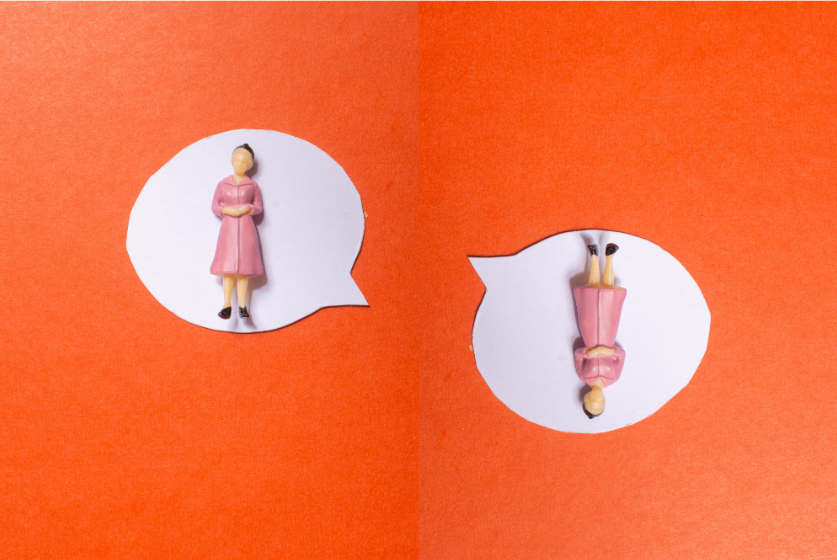If you follow national literary circles – or Twitter – you may have heard of the back-and-forth between writers Dawn Dorland and Sonya Larson. Dorland wrote a personal message on Facebook; Larson incorporated it as a letter into a short story, The Kindest.
We will not go into all the conflict’s details, which were summarily revealed in Robert Kolker’s New York Times article, “Who Is the Bad Art Friend?”.
Dorland pushed against Larson’s use of the letter on two legal grounds: Intentional Infliction of Emotional Distress and copyright infringement for the letter. The first claim was dismissed, but the second was allowed to proceed.
Fair Use Examination
Larson defended herself with Fair Use, which allows small amounts of copyright-protected material to be copied. It is intended to make space for uses such as parody, reporting, criticism, and innovation (e.g. some Andy Warhol works).
In this case, would a Fair Use claim hold up? We can look at four elements to evaluate.
Purpose & Character
Did you use the copyrighted work for commercial or noncommercial purposes, i.e. education or research?
Larson did publish the story for profit. Its status as a work of art also offers some latitude.
She has passionately defended her right to draw from real-life inspiration without being accused of plagiarism, asserting that all writers do.
A key here is the term “transformative”. Did Larson add her own expression to the letter, transforming it into something new, or did she copy the words Dorland wrote?
Larson’s transformation may actually rest in doubt. Larson’s texts and emails revealed during the discovery process seem to demonstrate bad faith in her usage:
“I think I’m DONE with the kidney story but I feel nervous about sending it out b/c it literally has sentences that I verbatim grabbed from Dawn’s letter on FB. I’ve tried to change it but I can’t seem to — that letter was just too damn good. I’m not sure what to do … feeling morally compromised/like a good artist but a shitty person.”
Nature of the Copyrighted Work
This element determines how much copyright protection Dorland’s letter deserved, if any.
Larson believes Dorland’s posting of the letter made it public.
However, the privacy settings of the Facebook group could mean that the letter was not public. Then, it would count as an “unpublished work” – in which case, the author should have controlled when it was published.
Amount and Substantiality of the Use
This element looks at the quantity and proportion of copying. How much of Dorland’s letter was included in Larson’s story? or what percentage of the original letter’s words did Larson use?
This particular aspect does not look good in this case. The overlap is substantial, even with eventual changes in wording throughout drafts.
Effect on the Market
Does the reproduction of a copyright-protected work prevent the original author from profiting from that work? Dorland has expressed concern that she will not be able to use her own letter in future writings.
Larson, on the other hand, contends that a Facebook post does not have much market value. However, as this Hollywood Report analysis points out, Larson’s usage of the letter ironically proved some market value.
How to Settle?
For now, the writers have chosen mediation over litigation. Both make fair points, and their situation has spurred intense internet debate. As social media continues to blur the lines of private and public, we will likely see more cases of copyright infringement like this again.
Be Careful what you copy!
